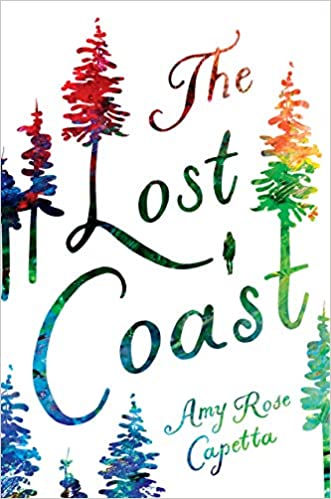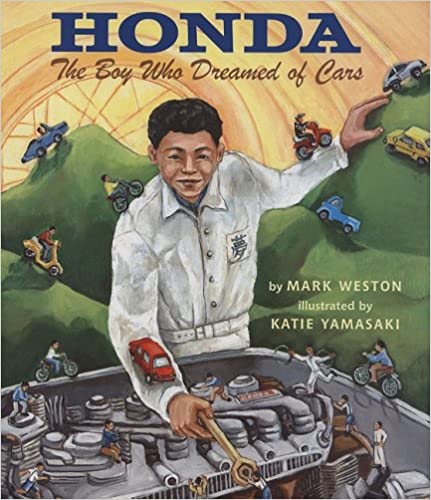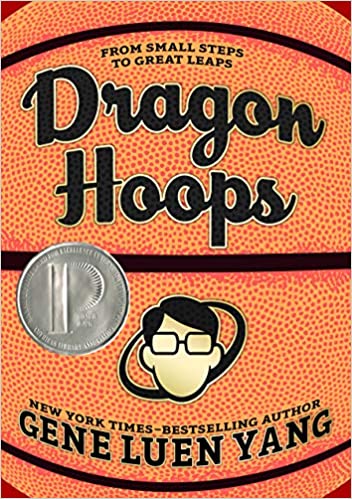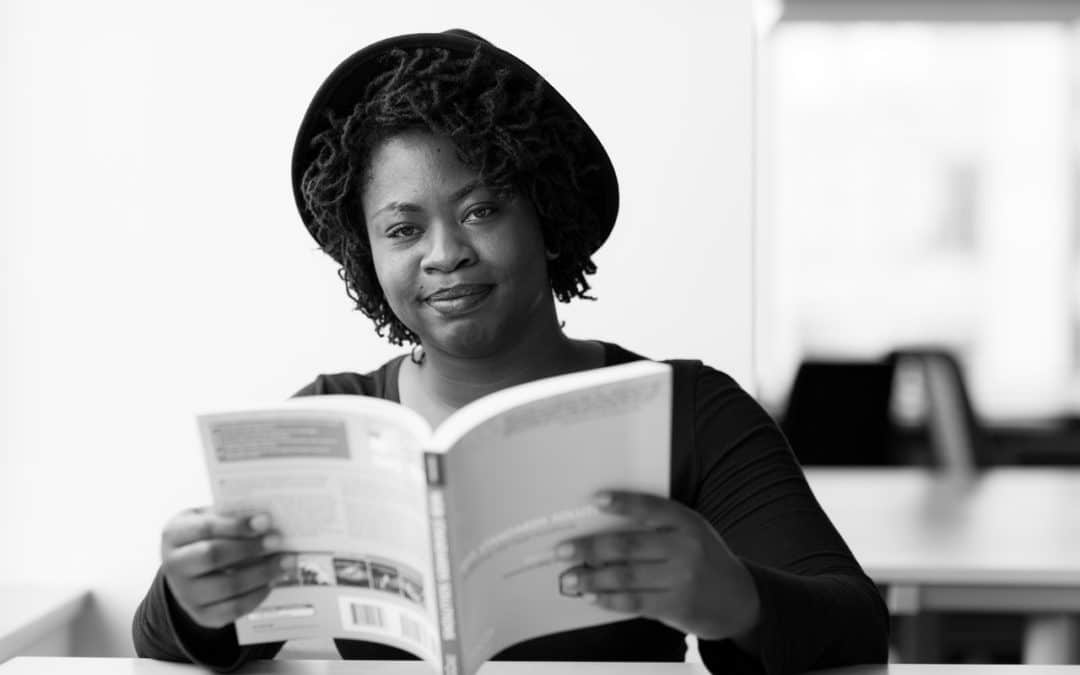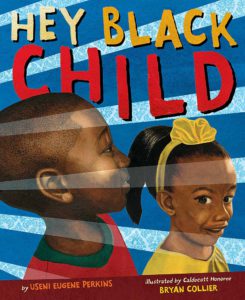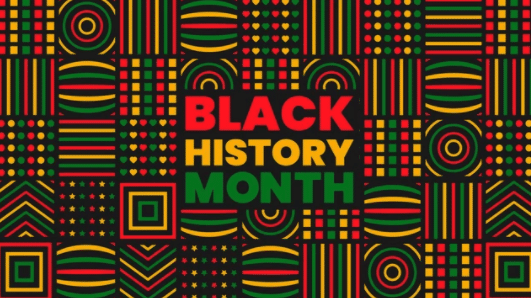
5 Ways to Celebrate Black History Month
5 Ways to Celebrate Black History Month
Whether you celebrate Black History during February or during the entire year, below are 5 different ways to recognize the history of African American and Black individuals.
If you are looking for Black History Project Ideas, click here for some.
1. Visit a site
If you live or can drive, there are historical sites in the U.S. that have previously owned plantation sites. Some sites are preserved, and you can view them.
There are hundreds if not thousands of former sites that housed enslaved individuals in the United States. Take some time to visit, and you can see the pros and cons of how the owners lived compared to the 1,000s who were forced to build the wealth of the ones who owned them.
Visiting the site can make the experience more real, and recognize that humans were trafficked.
Some sites here
2. Talk to an elder
Our African American grandmothers, grandfathers, aunts, uncles, and cousins are living history books. In the 1930s, Black Americans were sharecropping and picking cotton.
Sharecropping explained here
Even though slavery was abolished, the actions of enslavement remained with laws such as Jim Crow. Elders can give you a 1st person perspective on life and what it meant to have limited freedoms.
3. Museum Visit
The National Museum of African American History & Culture celebrates Black History each day. You can find stories and https://nmaahc.si.edu/
4. Read
There are beautifully written texts written about Black History Month.
Here are a few suggestions for children ages 0-12.
| 1. Unspeakable: The Tulsa Race Massacre | Ages 8-12 |
| 2. Evicted! The Struggle for the Right to Vote | Ages 9-12 |
| 3.Opal Lee and What It Means to Be Free: The True Story of the Grandmother of Juneteenth | Ages 4-8 |
| 4. The Me I Choose to Be | Ages 6-8 |
| 5. The ABCs of Black History | Ages 5-8 |
| 6. The Hair Book | Ages 0-5 |
5. Visit a Black or Caribbean Restaurant
The Black experience flows from not only Africa but from the Caribbean to the Americas. Eat at a restaurant to not only support this establishment economically but experience the culture. If you want to learn about Black History, you can learn it through the vibrant food experiences.
Have fun celebrating!




